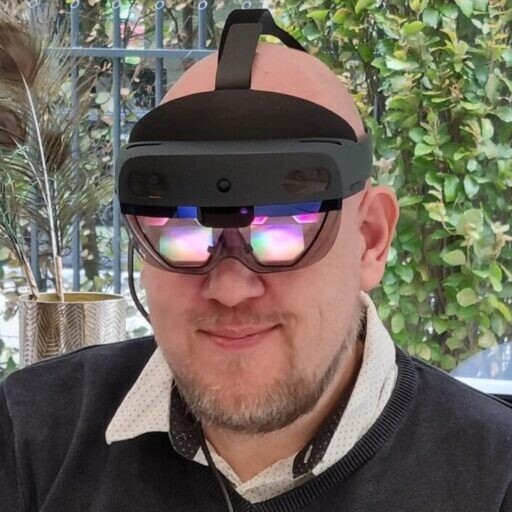
All big tech companies except Apple are laying off 10.000s of staff; most pivot away from VR/AR developments to Generative AI (GenAI) like ChatGPT. However, GenAI is a key ingredient for mainstream metaverses, which I expect to be built on augmented — rather than virtual — reality.
Key points in this post
- Big tech companies shifting focus from VR/AR projects to generative AI
- Generative AI is actually a key ingredient for (m)any mainstream metaverse
- These metaverses are expected to be visually mainly built on AR tech
- The (r)evolution towards GenAI is driven by the industry’s need to create new experiences for the “Next Big Thing” as new cash cow or power house
- Tech companies changing direction should not be seen as a setback for the metaverse but as a sign of the industry’s evolution towards AR in combination with generative AI and the potential for new and exciting possibilities





